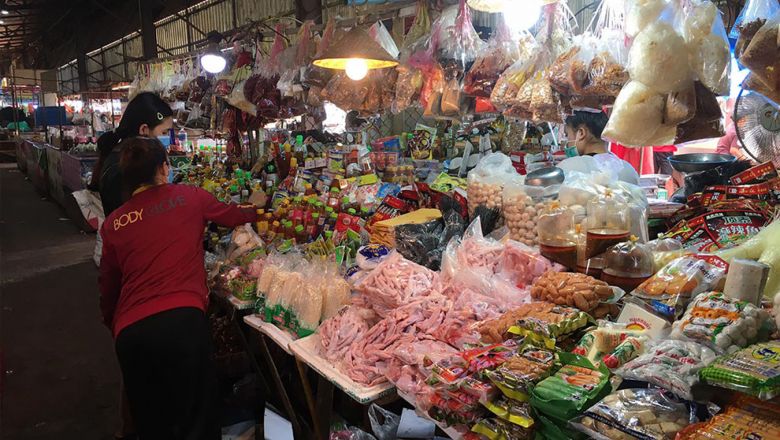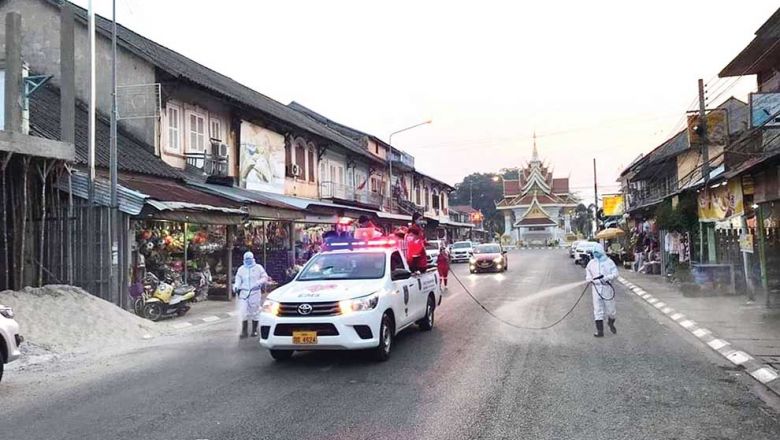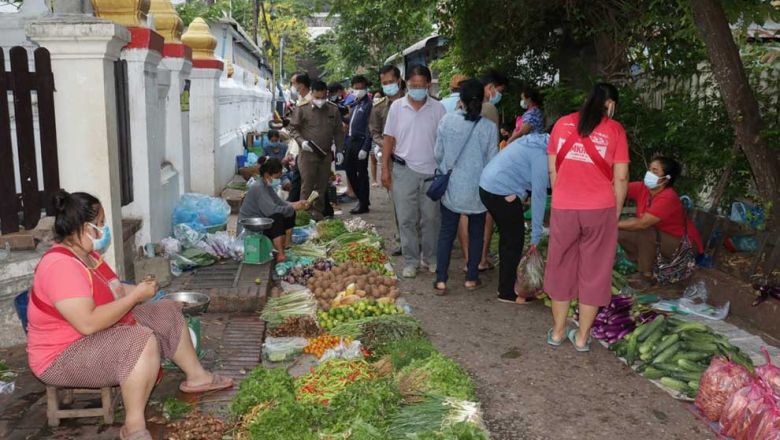Diversification key to Laos' sustained economic growth
Diversification key to Laos' sustained economic growth
Laos needs to follow Vietnam's economic model if the nation wants to continue recording strong growth into the future, according to a leading regional economist.
In a new Bloomberg report, Eugenia Victorina, an economist at the Australia & New Zealand Banking Group in Singapore, recently said that Vietnam provides the template for an export-led growth from agricultural production.
We have seen Myanmar, Laos, and Cambodia trying to imitate Vietnam's model of luring FDI to prop up their export capacity, Victorina said.
According to the World Bank, Asia's smallest economies are growing faster than giants like China which has forecasted an economic growth rate of 6.5 percent for 2017.
The three countries will post the most rapid expansions in Asia after India from 2017 to 2019, sustaining growth rates of about 7 percent.
Myanmar, Laos, and Cambodia are the least developed countries in Asia with the combined of the economies amounting to less than US$100 billion, about a third of neighbours like Singapore, Malaysia and the Philippines.
�The promise of transforming the Mekong into a manufacturing hub has a lot of potential,� Victorina was quoted by Bloomberg as saying.
Vietnam reported economic growth of 6.21 percent last year. The country, traditionally known as a top supplier of products such as coffee, rice, garments and footwear, has recently attracted more investment from tech giants such as Intel and Samsung. Phones and computer products are now among its top export earners.
A senior economist at the National Economic Research Institute in Laos, Dr Leeber Leebouapao, told Vientiane Times this week that Laos was trying to shift its economy away from reliance on the resource sector.
He was optimistic about the growth of the economy this year following Laos' membership in the Asean Economic Community.
Late last year, the National Assembly approved amendments to the Investment Promotion Law aiming to attract better quality foreign investment to Laos, particularly to the non resource sectors.
Additionally the government implemented stronger measures to enhance transparency and governance, exposing corruption and thereby contributing to an improved investment climate in the country.
Dr Leeber said the Lao economy would grow at the rate of at least 7 percent this year as many new mega projects that had been delayed previously have commenced.
For instance, the almost-US$6 billion railway project, linking Vientiane to the Laos-China border over a distance of 427 km has started construction which should serve as the main engine for economic growth in the country.
In addition, the government has so far established at least 12 special and specific economic zones (SEZs) to attract foreign investment into the manufacturing sector and generate job opportunities for Lao people.
So far, over US$4.7 billion has been committed towards investment in SEZs. Of the total figure, more than US$1 billion has already been spent on development activities in the zones which were carried out by 158 companies from around the world.

















